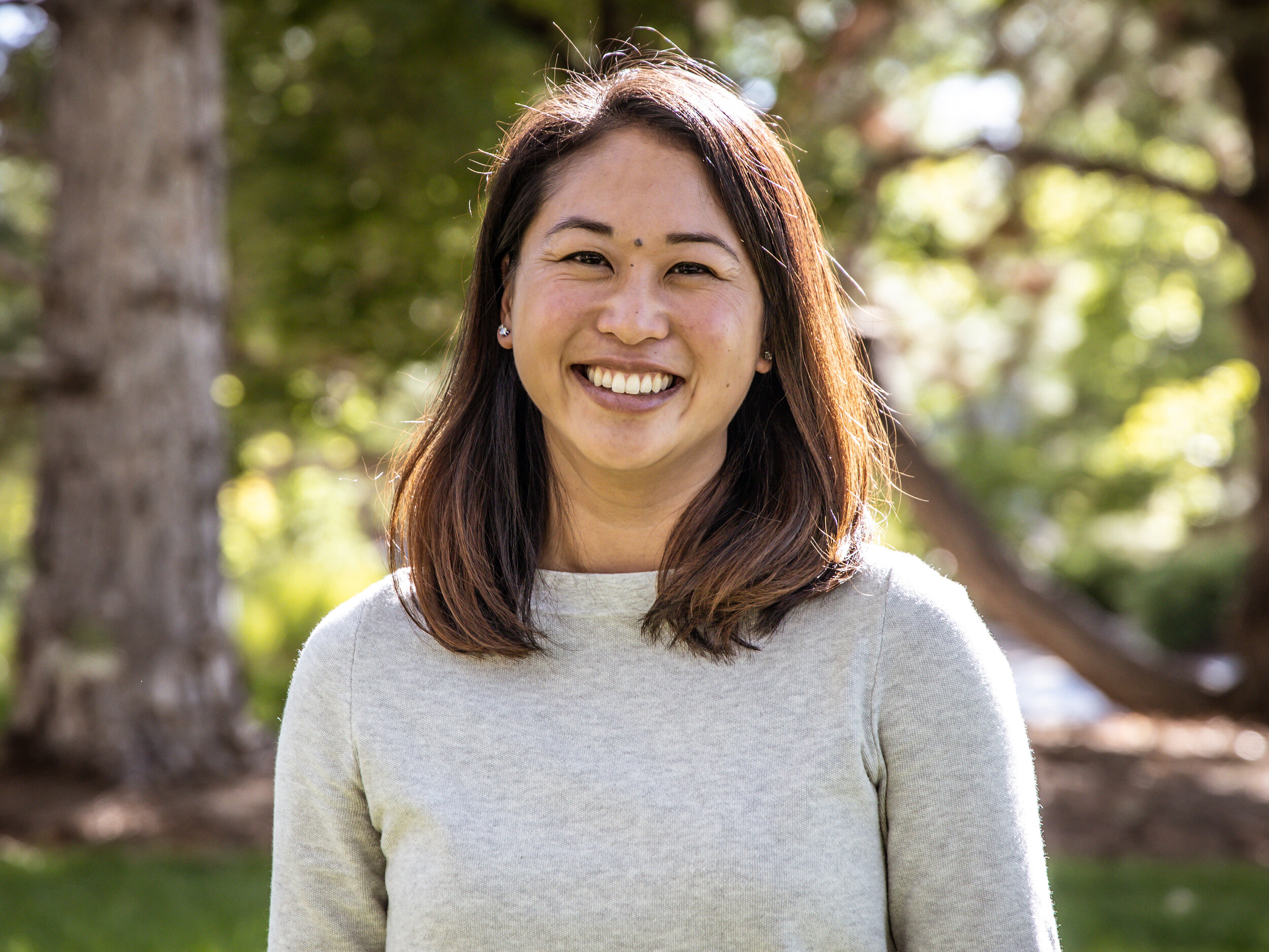Reparations: when the whole is greater than the sum of its parts
By: Jenna Louie, Chief Innovation and Strategy Officer at Ivory Innovations
-
We’re trying something new at Ivory Innovations – sharing a perspective about a recent trend or issue area we’ve seen in the housing world. But we don’t just focus on issues at Ivory; we focus on solutions. So in each post you’ll hear about some of the innovators we’re meeting through the Ivory Prize and how they’re changing the industry.
This is a perspective. We’d love to hear your thoughts.
Growing momentum for reparations movements
Maybe you’ve heard about the movement for reparations recently – the State of California, the State of New York, Asheville, and Boston (to name a few) have all created commissions to inform potential reparations efforts for Black Americans. These efforts stand on the shoulders of giants, such as the 1988 reparations payments made to Japanese Americans for harms during WWII and especially the City of Evanston, Illinois which established the United States’ first reparations program for Black Americans in 2021.
What do reparations have to do with housing affordability?
As the City of Evanston learned, there is a lot of complexity to establishing a reparations program. There are detractors, legal issues, and the question of how you even determine eligibility for the program. (For an in depth perspective, watch The Big Payback.) One of the most egregious examples of government-enabled racial discrimination in the 20th century against Black Americans is redlining, where Black applicants were systematically denied government-backed mortgages from the 1930s-1960s. This decades-long policy denied Black Americans the equal chance to own homes, build wealth, and pass that wealth on to their families. This harm has been well documented nationally (in Richard Rothstein’s The Color of Law and Andre Perry’s work at Brookings), and clear documentation from individual Black residents in Evanston formed the legal basis for the City’s first reparations payments.
In Evanston, the first reparations initiative was funded by a tax on sales of marijuana products and recipients could use the money for housing related items such as home repairs, down payment assistance, or mortgage assistance.
Reparations are greater than the sum of their parts
As communities create their own reparations programs, they should exercise as much creativity as possible to address past harm. Suggestions have included direct cash transfers, funding for criminal justice reform, free tuition at public colleges, and many other ideas (see examples from California’s statewide task force). Indeed, Evanston’s program continues to evolve. But as the first program of its kind in the country, many others have been inspired by Evanston’s start. As a result, housing is one of the most common forms of reparations being discussed.
This is my perspective: while it takes significant funding to establish a reparations program, reparations tailored to housing will not only draw from community funding, but give back to those communities as well.
Housing is inherently local. When funds are used to hire local contractors for renovations that increase the value of a home, or a family is able to buy a home with down payment assistance, or another family has more money in their pocket from mortgage assistance – these are all wealth building benefits that directly accrue back to the communities where people live. In this way, these funds not only address a grievous past wrong but also benefit the full community in the present. Investing a dollar in a reparations program may have a financial benefit to the community, and investing in community repair is priceless. In this way, perhaps the whole is greater than the sum of its parts.
Leading organizations working on reparations efforts across the United States
At Ivory Innovations, we seek out the best organizations working on housing innovation in the country. Here are some of the best organizations we’ve seen working to advance reparations through a housing lens in the United States:
First Repair
FirstRepair, a 2024 Ivory Prize Top 10 Finalist, is sharing best practices, creating tools, and developing a viable model to advance local reparations policy.
Liberation Ventures
Liberation Ventures is building a multiracial democracy that works for all of us — by making racial repair a reality in the United States by mobilizing funding, amplifying the importance of reparations, and strengthening the network of organizations working on reparations initiatives.
Black Homes Matter
Black Homes Matter is based in Prince George’s County, Maryland and is focused on dismantling racial appraisal bias that worsens the wealth gap for Black families in America.
Front Porch Investments: Greenlining Fund
Front Porch Investments: Greenlining Fund is an Omaha-based pilot with a zero interest loan fund to create or maintain homeownership in areas that have experienced historical disinvestment through redlining or other disadvantages.
Beyond this list, FirstRepair has documented dozens of communities actively working on reparations efforts at this very moment. The momentum for reparations movements is growing and we look forward to seeing many more communities launch programs of their own.


